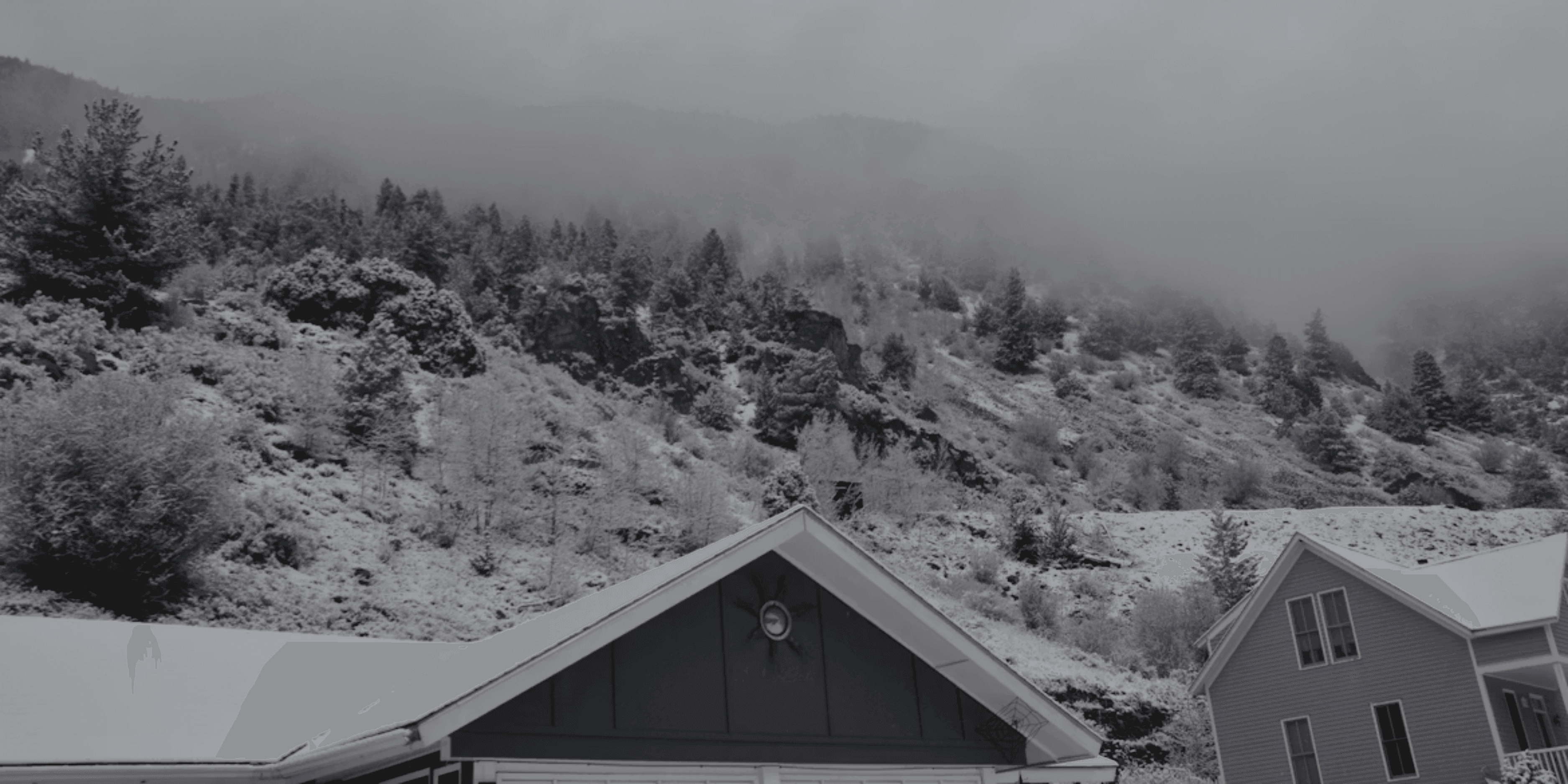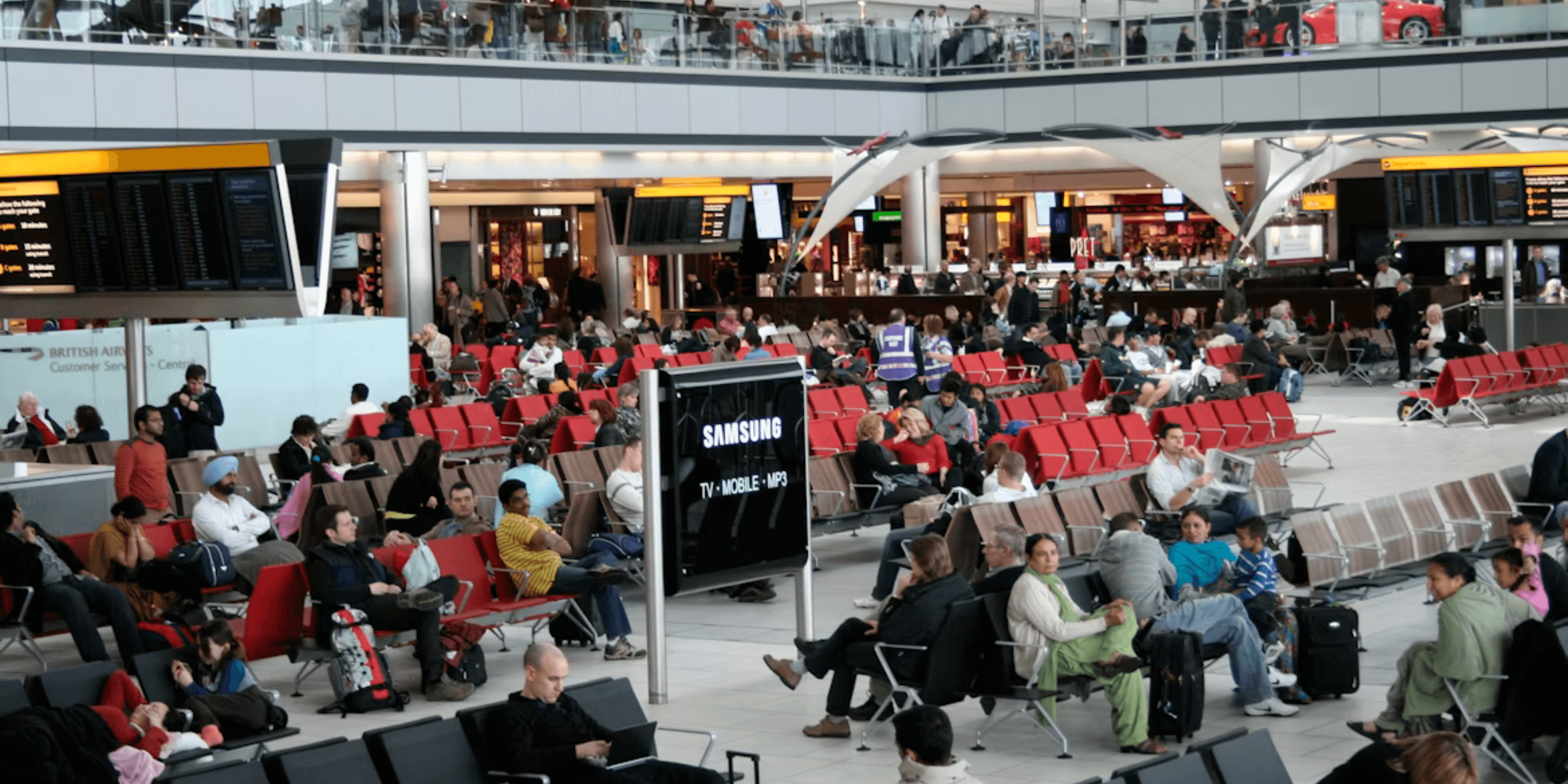newsletter
Your Daily News in Just 5 Minutes!
Featured
Featured

NATIONWIDE – OCTOBER 2025 – (USAnews.com)
Volatile declines, sudden collapses, and choking episodes, these harsh but real scenarios often occur when rescue training is missing in home care. A recent article, “Why Caregivers Need BLS Training More Than Ever,” argues that Basic Life Support (BLS) certification is no longer just a bonus for home caregivers, it’s a necessity. The article emphasizes that staying unprepared isn’t an option when emergencies don’t wait.
Why BLS Training at Home Changes the Day-to-Day
Even experienced aides and family members can face moments where minutes matter. BLS-trained caregivers bring more than comfort, they bring readiness. When every second counts, caregivers with BLS certification are equipped to act immediately. Skills like high-quality chest compressions, airway clearance, and the use of an AED can drastically reduce the risk of fatality in cardiac arrest situations.
BLS-trained caregivers also recognize early warning signs. A well-trained caregiver can notice dropping oxygenation levels, rapid changes in pulse or breathing, before a full-blown crisis emerges. This early detection can prevent many emergencies from escalating.
Moreover, BLS training provides caregivers with confidence. Studies show that caregivers with CPR/BLS skills feel far more competent in handling emergencies. This confidence means faster action when it’s needed most.
Home care often involves patients with chronic conditions like heart disease, COPD, and arrhythmias, which increase the risk of serious health events. BLS-trained caregivers bridge the gap between daily living and life-saving readiness, supporting the ongoing care needs of vulnerable patients.
Finally, having a BLS-trained caregiver offers peace of mind to families. Knowing that the caregiver is capable of acting under pressure reduces stress, strengthens trust, and ensures that the home environment remains stable and safe for everyone involved.
Pick the Right Level of Help (and Mix When Needed)
Training alone doesn’t replace hands-on care. The article emphasizes blending practical support with emergency preparedness. Companion and personal aides are often great for daily tasks like running errands, hygiene, and mobility support. However, without BLS training, they may be ill-equipped to handle a medical emergency.
Skilled caregivers with BLS certification, on the other hand, are trained to intervene effectively in serious situations, bridging the gap between home comfort and clinical urgency. For optimal care, a mix of daily aides and periodic BLS-certified check-ins creates layered protection, comfort during everyday tasks, and readiness when life takes an unexpected turn.
Don’t Wait for a Crisis
The central takeaway: train now. A two-hour course today could prevent a full-blown emergency later. The article warns that waiting until after an incident often means that the home becomes less safe, and options for care become more limited. Having BLS skills on hand is a proactive measure that can dramatically improve patient outcomes in emergencies.
The Role of Family in Supporting In-Home Emergency Readiness
Caregivers don’t work in isolation. Family members play a crucial role in enhancing emergency preparedness at home. They can help by sharing important information, such as health changes (e.g., new medications, recent falls, or physical limitations). Families should also encourage caregivers to renew their certifications regularly and participate in skill drills to keep their abilities sharp.
Family members should confirm that the home is set up to respond to emergencies, ensuring clear pathways, a functional AED, and up-to-date emergency contact lists. A strong partnership between caregivers and family members fosters trust, enabling caregivers to act swiftly and confidently under pressure.
The Future of Home Emergency Care
Training for BLS is evolving to meet the needs of modern home care. New technology is being incorporated into caregiving, with hands-on simulators, virtual refresher courses, and real-time feedback devices making BLS training more effective and accessible. The future of home care will include smart alerts, real-time monitoring systems, and trained caregivers working together to ensure fast responses to emergencies.
When home is the safest place, being prepared for emergencies is crucial. BLS-trained caregivers bring this readiness, transforming an ordinary day into one where lives can be saved.
Read the Full Article:
Why Caregivers Need BLS Training More Than Ever
https://medicprevent.com/why-caregivers-need-bls-training-more-than-ever
Media Contact:
Carlos August
CPR Training Breathe
carlos@cprbreathe.com
USA News Contributor
This article features partner, contributor, or branded content from a third party. Members of the USA News’ editorial staff were not involved in the creation of this content. All views and opinions are those of the contributor alone.
This article features partner, contributor, or branded content from a third party. Members of the USA News’ editorial staff were not involved in the creation of this content. All views and opinions are those of the contributor alone.
This article features partner, contributor, or branded content from a third party. Members of the USA News’ editorial staff were not involved in the creation of this content. All views and opinions are those of the contributor alone.
This article features partner, contributor, or branded content from a third party. Members of the USA News’ editorial staff were not involved in the creation of this content. All views and opinions are those of the contributor alone.
Related blogs
Related blogs
Copyright 2025 USA NEWS all rights reserved
newsletter
Get daily news directly in your inbox!
Copyright 2025 USA NEWS all rights reserved
newsletter
Get daily news directly in your inbox!
Copyright 2025 USA NEWS all rights reserved
Copyright 2025 USA NEWS all rights reserved













